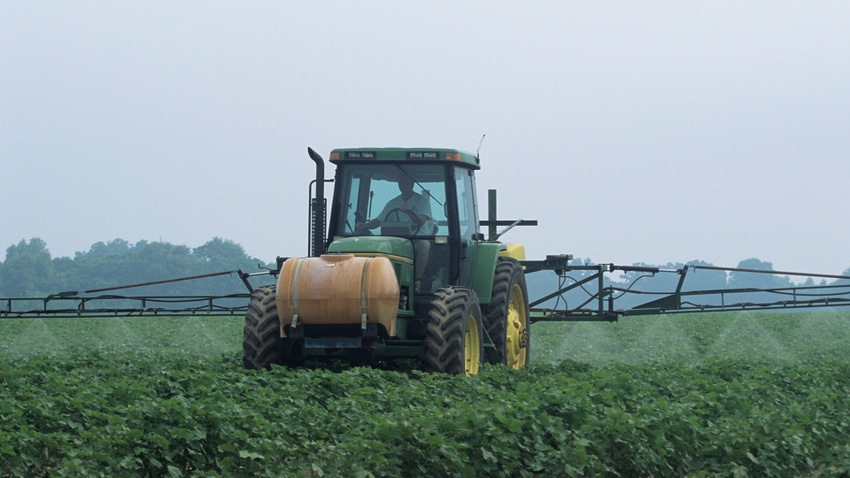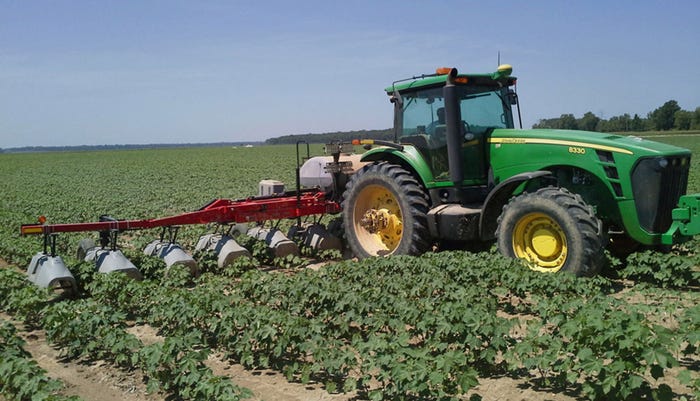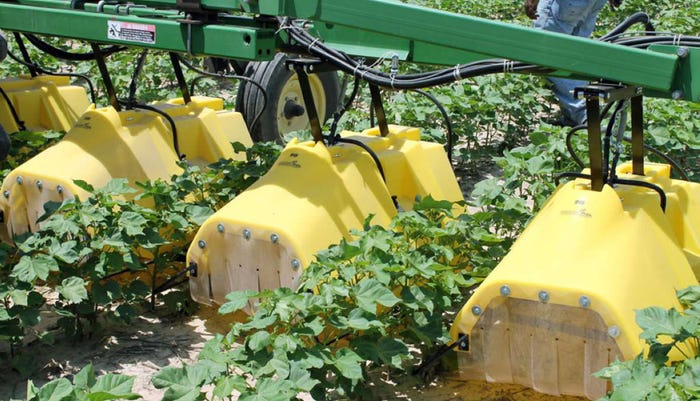April 1, 2023

Uncontrolled weeds steal moisture and nutrients to decrease crop yields and make harvest difficult. And weeds that aren’t well controlled create an even greater problem – the risk of herbicide resistance development. By taking a strategically planned and multifaceted approach to weed control, growers can avoid yield losses, harvest challenges and resistance development.
Gregg Gerber, Wilbur-Ellis Agribusiness agronomist, recommends considering your target weeds and current resistance concerns to set up for a successful 2023 season.
“A lot of our chemistries provide good control,” Gerber said. “But if you control 90% of a weed population out of 10 billion, you still have an issue.”
In the southern Plains, kochia is typically the first problematic weed to emerge, followed by native grasses, Russian thistle, tumbleweed and marestail. Later in the season, Palmer amaranth and morning glory pose a challenge to even the most diligent cotton growers. Herbicide resistance is a problem in both kochia and Palmer amaranth.

Photo courtesy of Willmar Fabrication, LLC.
Build a plan. To begin, look back at 2022. Consider the weeds that were prevalent and where escapes happened, then use this information to plan your herbicide program. Continue to scout fields in-season and be ready to shift gears on chemistry if the level of control is lacking.
Schedule applications. Timing is everything, so don’t wait until you see weeds to apply herbicides. Weeds are easiest to control before they emerge and that is best accomplished with a well-timed series of residual applications. After emergence, target weeds at three inches or shorter.
Residual. Residual. Residual. Yes, you probably need three or more residual herbicides. Determine which herbicides are the best fit for your program and layer overlapping residuals, considering this type of timing:
Late-winter to early-spring burndown. There is typically a flush of weeds after the first significant precipitation.
Pre-plant in March/April
After planting, before the crop emerges
After emergence, before the cotton reaches the 2-leaf stage
Again, mid-season depending on the field’s weed pressure history
“A lot of times I see only two residual herbicides applied, which is a red flag,” said Nathan Foster, Wilbur-Ellis agronomist. “We're going to get to where we need a minimum of four residual herbicides. For best results, I'd like to see five.”
Follow the label. Apply herbicides at the maximum labeled rate for the target weeds you need to control. Adequate spray volume, pressure and nozzle type are critical to getting the right coverage, particularly for contact herbicides, and will ensure complete control. Help prevent economically devastating herbicide resistance.
Rotate chemistry and crops. Rotate herbicide mode of action, including residuals. If you’re observing resistant weeds in cotton, plant corn or sorghum so you can apply other chemistries.
“Glyphosate, glufosinate and dicamba are the most used chemistries around,” Gerber said. “If we have resistance to them all, then we're going to have to manage our chemistry better and maybe adopt older practices to control weeds.”

Photo courtesy of Willmar Fabrication, LLC.
Get equipped. Hooded sprayers are making a resurgence because they provide more herbicide options to include in your rotation. Also, be sure to use the right nozzle for the job. An air induction nozzle is needed for dicamba applications, but early-season herbicides get better coverage using a flat fan nozzle with a smaller droplet size.
Consider tillage. Manually uprooting weeds and moving seeds below the germination zone is a tried-and-true method. However, between the cost of labor and equipment and the impacts on soil health and water-holding capacity, the decision to use tillage is a balancing act for each farm.
Extend residual control. A soil retention adjuvant such as EFFICAX® can prevent leaching and keep residual herbicides near the top of the soil in the weed germination zone. Economical and an excellent tank-mix partner, it is an easy addition to your herbicide program.
Both Gerber and Foster agree—being proactive and exploring new (or old) solutions is the best way to manage weeds.
“We can't keep doing what we have been doing; we’ve got to think outside the box,” Foster said. "What have we not been doing that is an option? Let’s really explore those routes.”
You May Also Like





